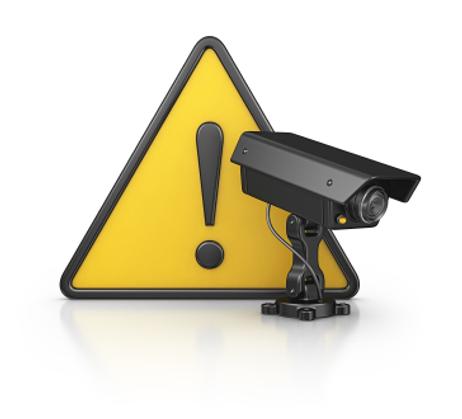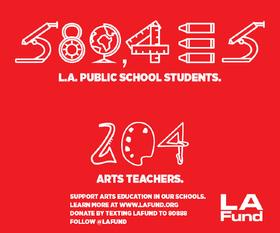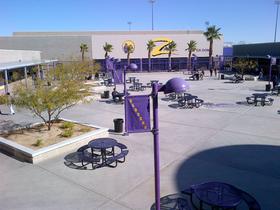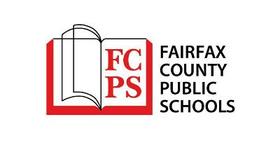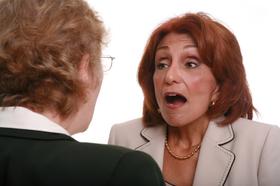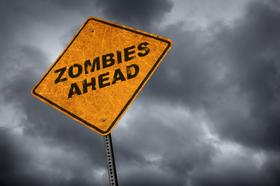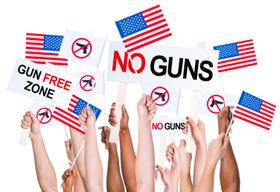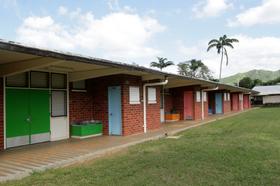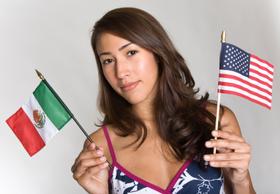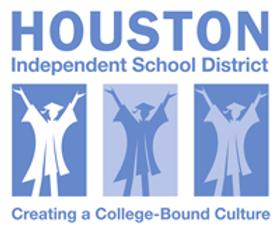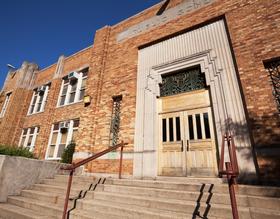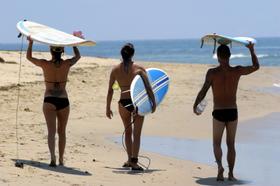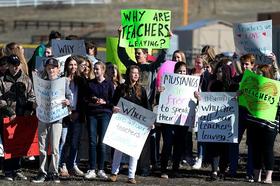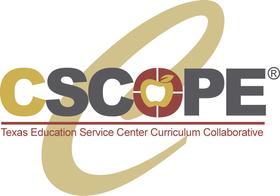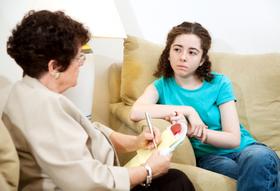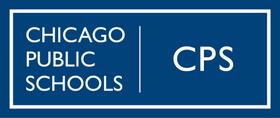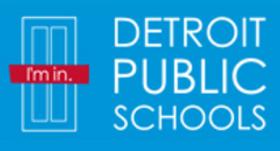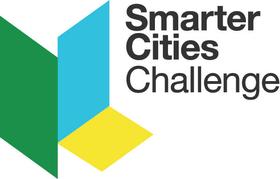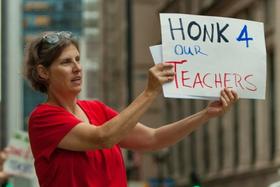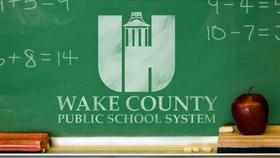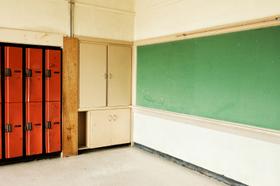In one of their final actions of the current calendar year, the Fairfax County School Board in Virginia voted to allow schools to install indoor surveillance cameras in their buildings. The request for such cameras became a primary talking point during the first half of this school year after massive food fights and other disciplinary problems came to light. While some parents and school board members argue that surveillance cameras will help to curb some of the behavior issues in schools, others worry that the new cameras will be a flagrant violation of student privacy rights.
An Overview of New School Policy
The Fairfax County School Board’s vote allows schools to install surveillance cameras, but it does not require them. Each school within the county will be able to engage in public discussion between faculty, students, and parents about whether cameras would help or hinder discipline issues. Principals would be responsible for making the final decisions in their own schools, ensuring that each administrator would determine the need for surveillance cameras based on their own unique situations.
If a school decides to install surveillance cameras, they will only be allowed in public venues like cafeterias, hallways, and school lobbies. No school will be required to install surveillance devices, and they will not be allowed in locker rooms, restrooms, or classrooms in the schools that do decide to use them.
According to the Washington Post, the vote occurred earlier in December, with eight board members voting in favor of the cameras and four voting against the measure. The decision came after numerous surrounding counties had already adopted similar surveillance policies. Fairfax County had held out against such a measure out of concern for student privacy.
Why Surveillance Cameras?
Surveillance cameras became controversial in September when most high school principals came together to request a policy that allowed them to put up cameras in public areas of their schools. According to the Fairfax Times, the school administrators originally made the request in response to growing problems like student-led flash mobs and massive cafeteria food fights. However, principals also believe surveillance cameras could help deter bullying behavior, illegal drug trafficking, and a host of other discipline issues.
“[Allowing surveillance cameras inside schools] gives the communities the discretion to use the cameras, in the cafeteria to help them deal with the issues that are happening,” Elizabeth Bradsher, Fairfax County School Board member, told the Times. “I think it’s time we move forward and realize this is the world we live in and flash mobs can happen…We had one school that lost [audio/video] equipment to the tune of $3,200 this past week.”
James L. Raney, a board member who favors using the devices, agreed that the cameras would improve student safety and promote better school behavior overall. Raney told the Washington Post, “We have food fights, bullying, theft, and criminal street gangs operating in our schools. I want to do everything I can to improve the safety and security of students because I don’t want to see anyone get hurt.”
WTOP reports that two major food fights near the end of the previous school year may have led to the decision to request the surveillance cameras a few months later. On May 12 at Westfield Springfield High School, a massive food fight turned violent when a student set off a fire alarm. A few days later, another large food fight broke out at Centreville High School, where four students were arrested and charged with disorderly conduct.
More Discipline or Less Privacy?
While most of the school board approved the measure to allow for the installation of surveillance cameras, those opposed to the decision also voiced their concerns. The four board members who voted against the decision said that adding surveillance cameras would not improve school discipline and strip students of their rights to privacy. The Washington Post reports that there are no scientific studies to date that link increased surveillance with a decrease in behavior issues. However, the lack of data has not stopped many other school districts nationwide from installing such devices.
“This proposal takes us down a wrong path,” Sandy Evans, one of the school board members who voted against the measure, told the Washington Post. “Rather than creating an atmosphere of respect and trust, it tells our students, ‘We’re watching you. We expect bad behavior of you and we’ll be darn sure to catch it on tape.’”
School board candidate Elizabeth Schultz also opposes adding surveillance cameras to public schools. In a live chat with the Washington Post, Schultz distinguishes between public places like shopping malls that routinely use surveillance devices and the public school venue.
“The problem with cameras in schools v. public places is that children are required by law to be in school. They do not have the option. Developing a culture of respect, trust and formative behaviors.” Schultz added that the general public does not walk into and out of public schools at will as they do in other public venues.
“We’re the government,” Stuart D. Gibson, another board member who voted against the measure, explained in the Washington Post. “I don’t think it’s right for us, as the government, to watch what kids are doing with cameras.”
Will cameras make schools safer? Only time will tell, but in the interim, some schools are taking the leap and experimenting with the potential benefits of video surveillance on campus.
Questions? Contact us on Facebook @publicschoolreview.

